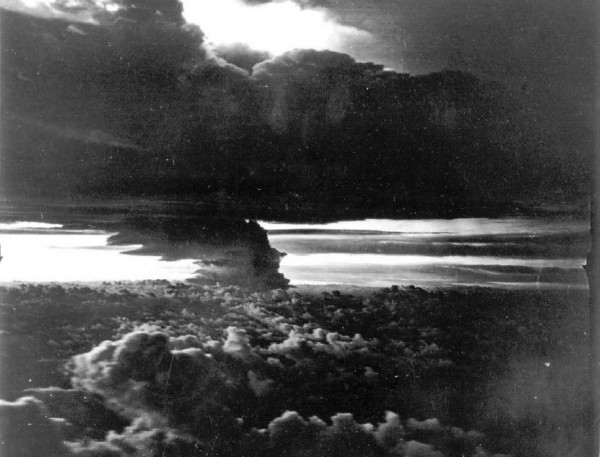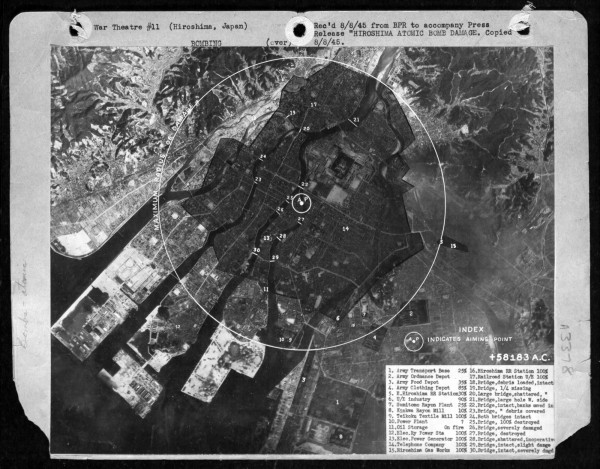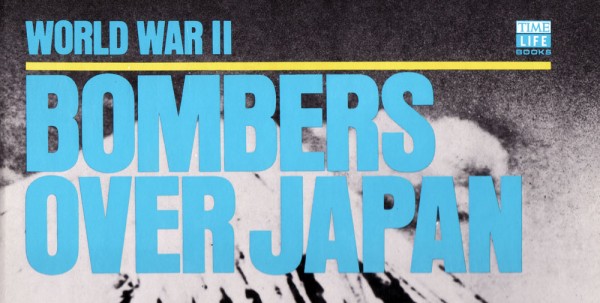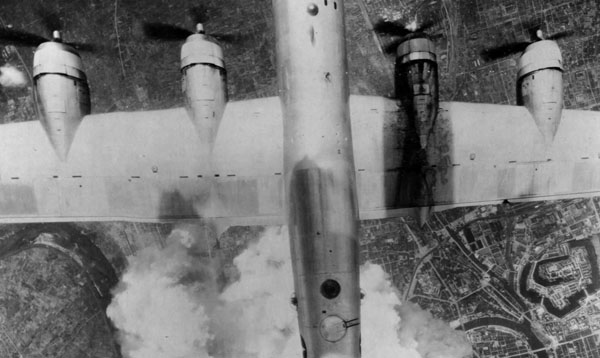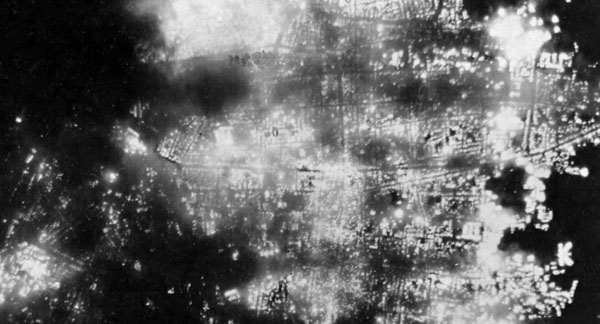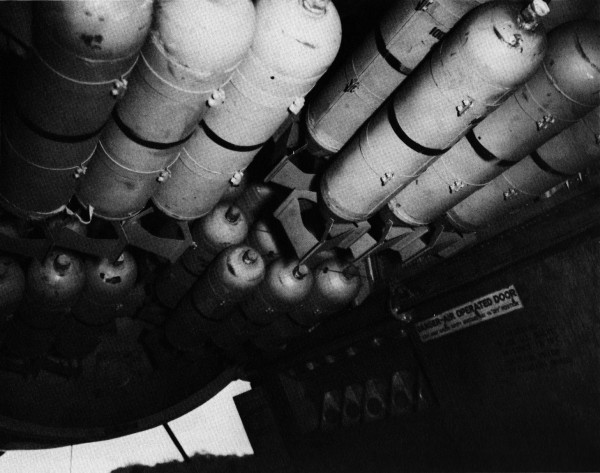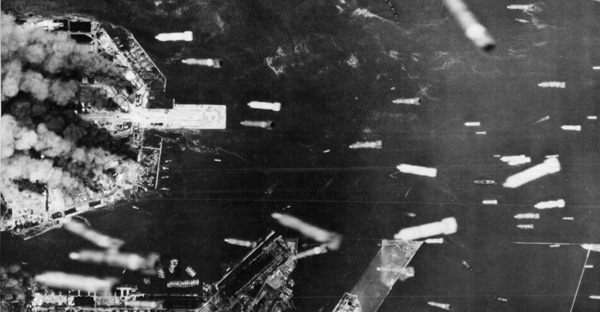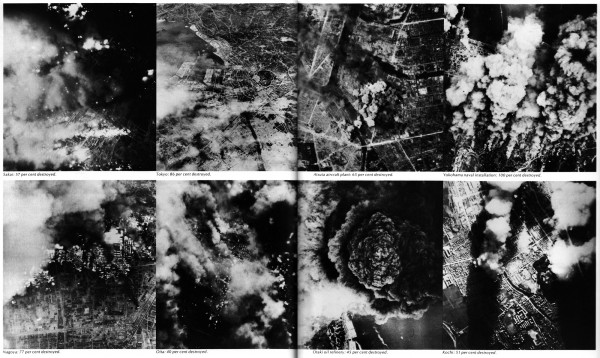I’m excited to announce, that after a long development period, that the new NUKEMAP is going to debut on Thursday, July 18th, 2013. There will be an event to launch it, hosted by the James Martin Center for Nonproliferation Studies of the Monterey Institute of International Studies in downtown Washington, DC, from 10-11:30 am, where I will talk about what it can do, why I’ve done it, and give a demonstration of how it works. Shortly after that, the whole thing will go live for the entire world.
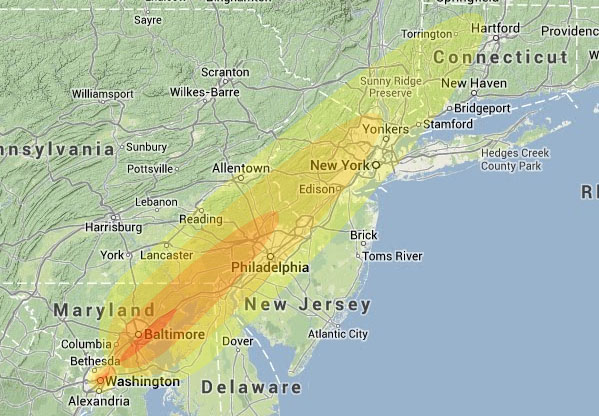
Radioactive fallout dose contours from a 2.3 megaton surface burst centered on Washington, DC, assuming a 15 mph wind and 50% yield from fission. Colors correspond to 1, 10, 100, and 1,000 rads-per-hour at 1 hour. This detonation is modeled after the Soviet weapons in play during the Cuban Missile Crisis.
I don’t want to spill all of the beans early, but here’s a teaser. There is not just one new NUKEMAP. There are two new NUKEMAPs. One of them is a massive overhaul of the back-end of the old NUKEMAP, with much more flexible effects calculations and the ability to chart all sorts of other new phenomena — like radioactive fallout (finally!), casualty estimates, and the ability to specify airbursts versus ground bursts. All of these calculations are based on models developed by people working for the US government during the Cold War for use in government effects planning. So you will have a lot of data at your instant disposal, should you want it, but all within the smooth, easy-t0-use NUKEMAP interface you know and love.
This has been a long time in development, and has involved me chasing down ancient government reports, learning how to interpret their equations, and converting them to Javascript and the Google Maps API. So you can imagine how “fun” (read: not fun) that was, and how Beautiful Mind my office and home got in the process. And as you’ve no doubt noticed in the last few weeks, doing obsessive, detailed, mathematical technical work in secret all week did not give me a lot of inspiration for historical blog posts! So I’ll be glad to move on from this, and to get it out in the light of day. (Because unlike the actual government planners, my work isn’t classified.)

Above is an image from the report which I used to develop the fallout model. Getting a readable copy of this involved digging up an original copy at the National Library of Medicine, because the versions available in government digital databases were too messed up to reliably read the equations. Some fun: none of this was set up for easy translation into a computer, because nobody had computers in the 1960s. So it was designed to help you draw these by hand, which made translating them into Javascript all the more enjoyable. More fun: many of these old reports had at least one typo hidden in their equations that I had to ferret out. Well, perhaps that was for the best — I feel I truly grok what these equations are doing at this point and have a lot more confidence in them than the old NUKEMAP scaling models (which, by the way, are actually not that different in their radii than the new equations, for all of their simplifications).
But the other NUKEMAP is something entirely new. Entirely different. Something, arguably, without as much historical precedent — because people today have more calculation and visualization power at their fingertips than ever before. It’s one thing for people to have the tools to map the bomb in two dimensions. There were, of course, even websites before the NUKEMAP that allowed you to do that to one degree or another. But I’ve found that, even as much as something like the NUKEMAP allows you to visualize the effects of the bomb on places you know, there was something still missing. People, myself included, were still having trouble wrapping their heads around what it would really look like for something like this to happen. And while thinking about ways to address this, I stumbled across a new approach. I’ll go into it more next week, but here’s a tiny teaser screenshot to give you a bit of an indication of what I’m getting about.
That’s the cloud from a 10 kiloton blast — the same yield as the North Korean’s 2013 test, and the model the US government uses for a terrorist nuclear weapon — on mid-town Manhattan, as viewed from New York harbor. Gives you a healthy respect for even a “small” nuclear weapon. And this is only part of what’s coming.
Much more next week. July 18th, 2013 — two days after the 68th-anniversary of the Trinity test — the new NUKEMAPs are coming. Tell your friends, and stay tuned.

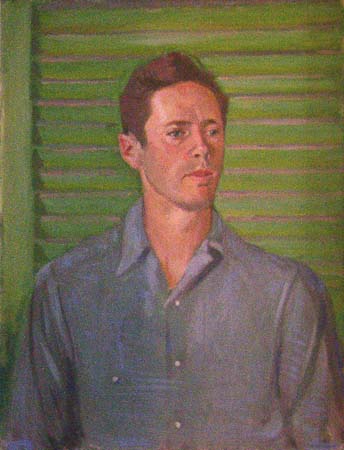
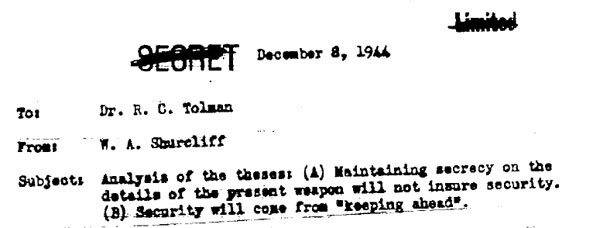
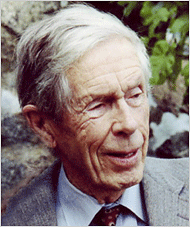
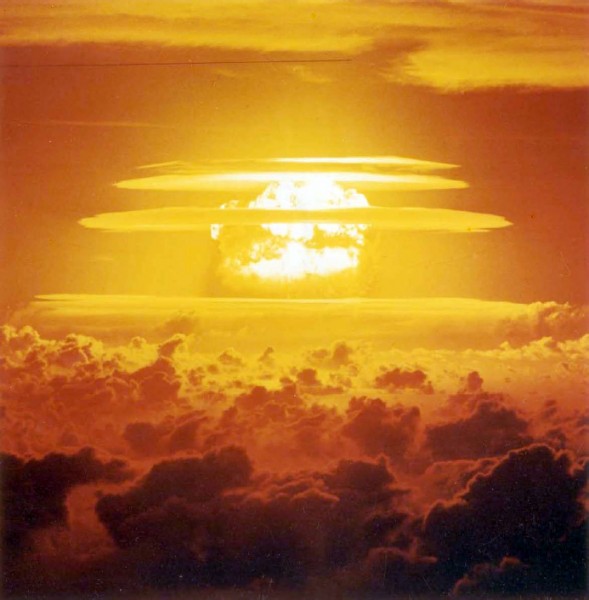
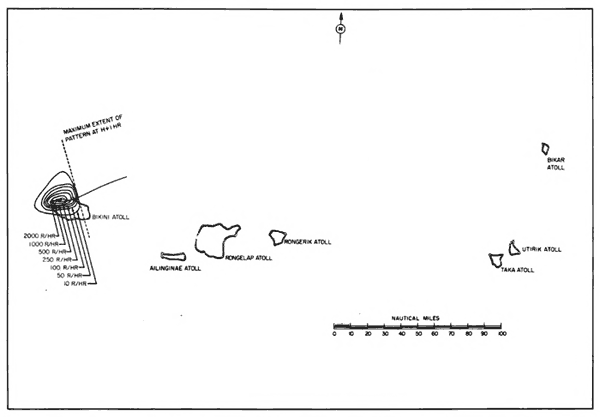
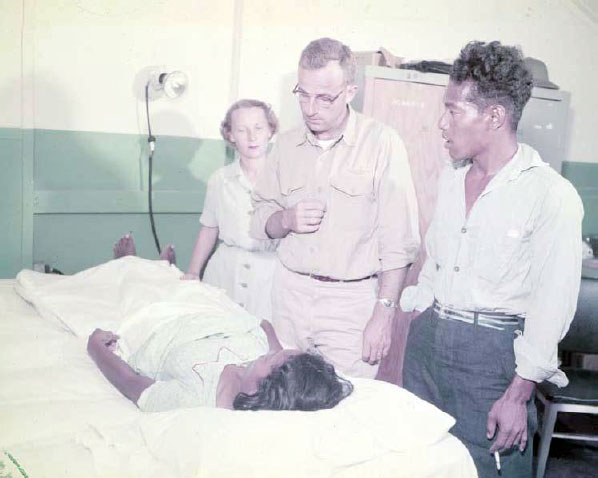
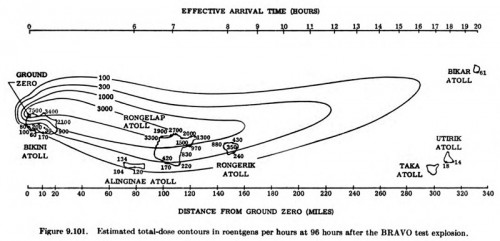
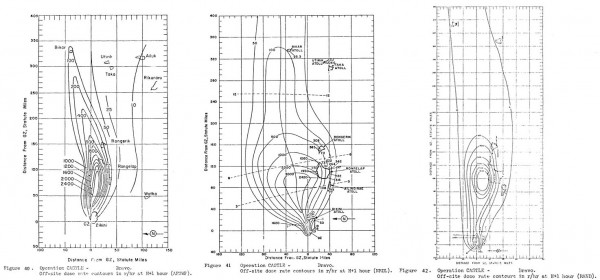
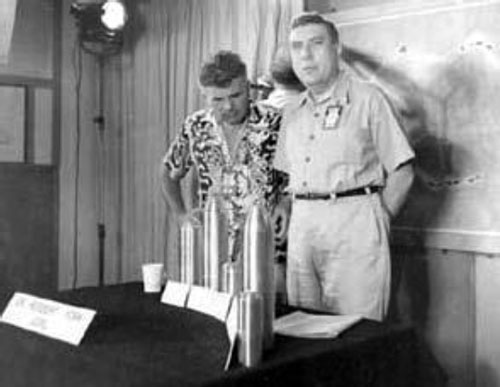
![Castle BRAVO, 62 seconds after detonation. "This image was take at a distance of 50 [nautical miles] north GZ from an altitude of 10,000 feet. The lines running upward to the left of the stem and below the fireball are smoke trails from small rockets. At this time the cloud stem was about 4 mi in diameter." From DTRIAC SR-12-001.](https://blog.nuclearsecrecy.com/wp-content/uploads/2013/06/Bravo-at-62-seconds-crop.jpg)
